The world of video game consoles has come a long way, but its roots are deeply embedded in some groundbreaking and nostalgic early systems. These vintage consoles laid the foundation for the gaming industry, introducing many of the concepts and designs we now take for granted. From basic black-and-white graphics to simple paddle controllers, each of these consoles offered a unique experience that captured the imagination of gamers everywhere. Though they may look primitive today, these consoles sparked the innovation and excitement that continue to drive gaming forward. Understanding their history gives us a glimpse into how gaming evolved from humble beginnings into a global phenomenon.
Magnavox Odyssey
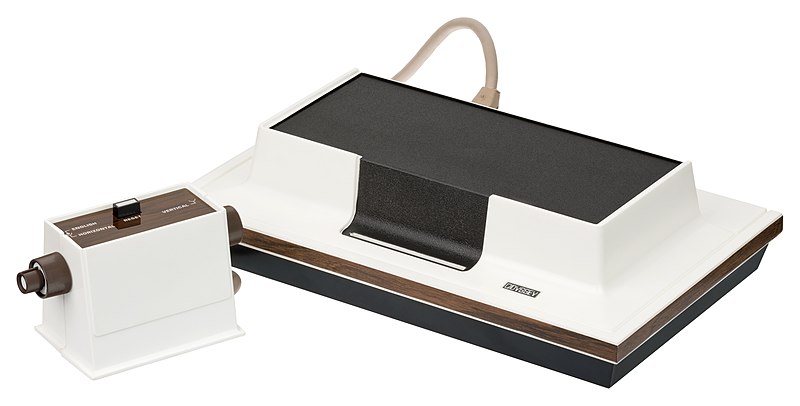
Released in 1972, the Magnavox Odyssey holds the honor of being the very first commercial home video game console. This early device had no sound and featured simple, blocky graphics, yet it captivated a generation. The console was designed to connect to a television and came with overlays that players could place over the screen to simulate color graphics. Games were simple but inventive, introducing new ways to engage with electronics at home. Magnavox marketed it with the hope of inspiring interactive family fun, though it faced challenges due to limited public understanding of video games at the time. Despite these hurdles, the Odyssey’s groundbreaking approach paved the way for future systems. Now over 50 years old, this console is celebrated as the true beginning of home gaming.
Pong (Home Version)

Atari’s home version of Pong, released in 1975, was based on its incredibly popular arcade game. Pong introduced simple two-player tennis mechanics and was a sensation both in arcades and in homes. The home console version marked a turning point in gaming, making it more accessible for families to play together. Unlike the arcade version, this Pong console was directly hooked to a TV, creating a new kind of entertainment experience. Its appeal was universal, as anyone could pick it up and play. Atari’s release of Pong made video games a household concept, proving they were more than just a passing trend. Nearly five decades old, Pong still stands as an iconic figure in gaming history.
Color TV-Game 6

Developed by Nintendo and released exclusively in Japan in 1977, the Color TV-Game 6 introduced basic paddle games similar to Pong. The console included six different variations of the game, all designed for easy play and family enjoyment. This marked Nintendo’s first step into the world of home gaming consoles before they became a worldwide phenomenon. The hardware itself was quite colorful, fitting with Nintendo’s later style of family-friendly branding. Although it had simple gameplay, it showed Nintendo’s early potential in the gaming market. Now over 45 years old, it remains a fascinating piece of gaming history. It’s a rare console, cherished by collectors for its pioneering spirit.
Fairchild Channel F
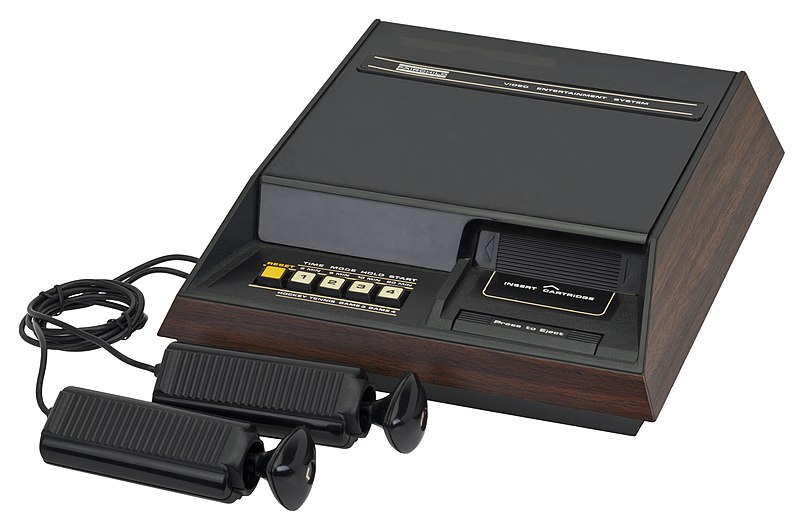
Released in 1976, the Fairchild Channel F was a breakthrough in gaming technology. It was the first console to feature a microprocessor and use interchangeable cartridges, allowing players to switch games at will. The Channel F came with a unique controller design, which included a joystick that could be tilted, twisted, and pushed for different functions. Though the graphics were minimal, the concept of separate game cartridges became a revolutionary feature. Fairchild’s creation paved the way for future consoles that would follow this format. As of today, it’s over 45 years old, remembered for its impact on game distribution and hardware innovation. The Channel F laid down essential groundwork for the console industry as we know it.
RCA Studio II
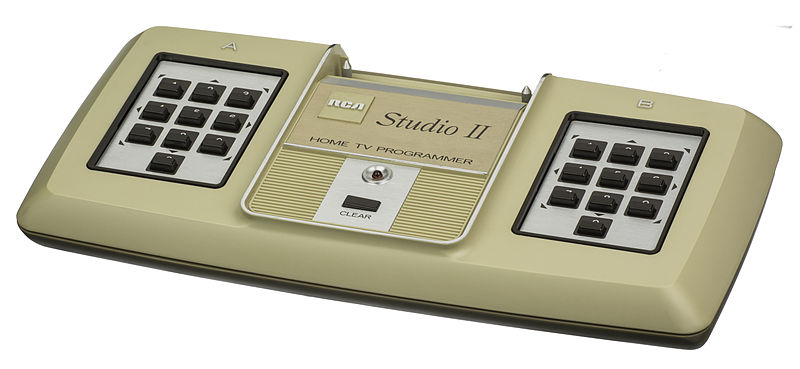
The RCA Studio II, released in 1977, didn’t achieve great commercial success, but it introduced multi-game functionality at a time when consoles usually focused on single games. Its built-in keyboard and limited graphics capabilities positioned it as a more family-friendly, educational console. However, the Studio II struggled against its competitors, especially with its black-and-white graphics. RCA attempted to market it as a technological step up, but it was soon overshadowed by more advanced consoles. Despite its limited impact, the Studio II demonstrated the value of versatility in gaming consoles. Now over 45 years old, it’s seen as a collector’s item. While it may have missed mainstream popularity, its historical significance remains intact.
Atari 2600
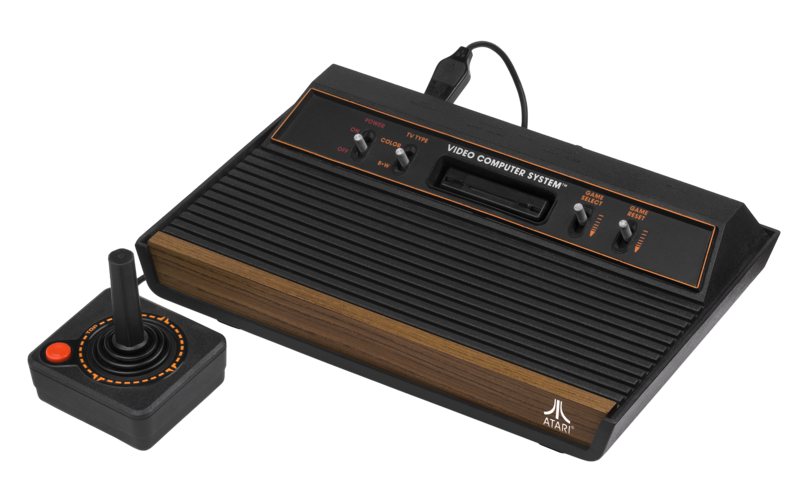
In 1977, Atari unleashed the 2600, which would go on to define gaming for the next decade. Known for its joystick controller, the console allowed for interchangeable cartridges, setting a standard for future systems. Games like “Space Invaders” and “Pac-Man” quickly became household staples. The 2600 offered color graphics, sound, and compatibility with multiple games, all of which were rare features at the time. It helped establish the video game industry as we know it, creating demand for both new games and consoles. Now over 45 years old, the Atari 2600 remains one of the most iconic consoles in history. Its legacy endures, influencing generations of gamers and developers alike.
Bally Astrocade
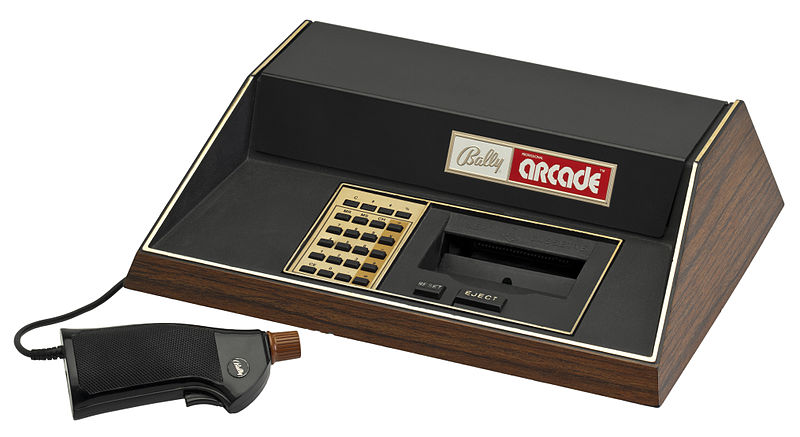
The Bally Astrocade, released in 1978, was known for its advanced graphics capabilities. Initially marketed as a video game system and personal computer hybrid, it allowed users to play games and create simple programs. The Astrocade featured a numeric keypad and a unique “pistol grip” controller. Despite its technological strengths, it struggled in the competitive market due to its high price and limited game library. The system, now over 40 years old, remains a noteworthy part of gaming history. Its sophisticated graphics and creative design concepts foreshadowed the features seen in later consoles. Collectors now value it as a rare piece of technological history.
Magnavox Odyssey²
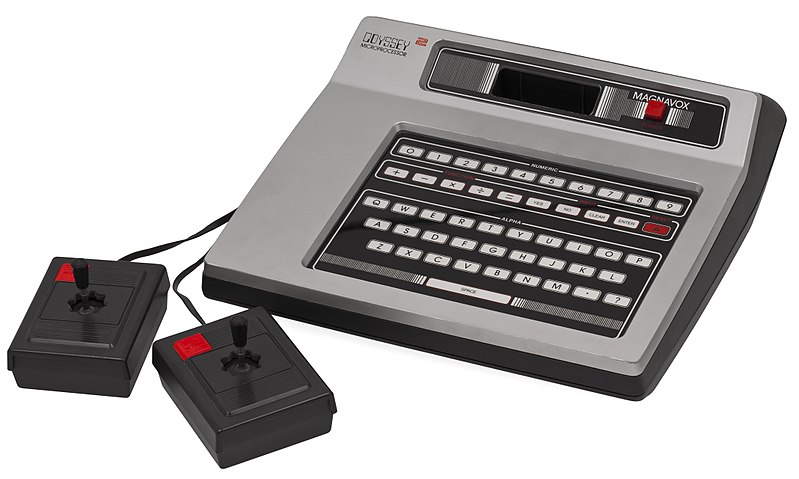
Following the original Odyssey, the Magnavox Odyssey² was launched in 1978 and aimed to improve on its predecessor with built-in sound and better graphics. It also featured a full alphanumeric keyboard, allowing users to input text and interact with games in more complex ways. The Odyssey² introduced unique game cartridges with overlays, creating an immersive gaming experience for its time. Its educational applications helped appeal to parents and set it apart from other consoles. Now more than four decades old, the Odyssey² holds an important place in the early evolution of gaming. Though it didn’t achieve the commercial success of some competitors, it showcased the potential of multifunctional gaming consoles.
Intellivision
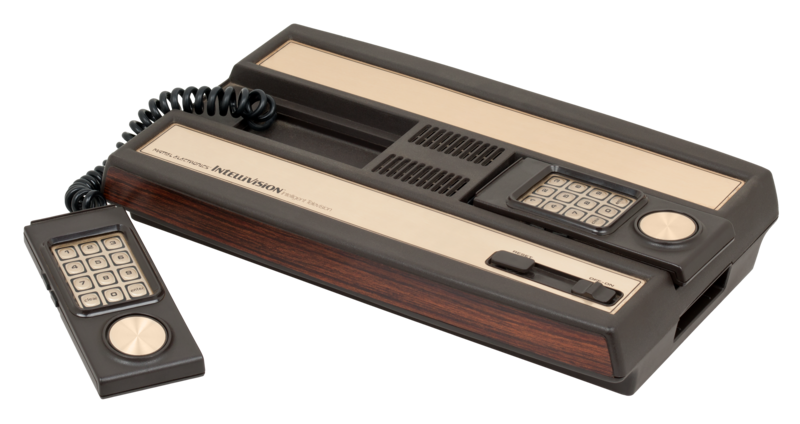
Mattel’s Intellivision, released in 1980, was designed as a direct competitor to the Atari 2600 and boasted significantly improved graphics and sound. The console’s name, a combination of “intelligent” and “television,” reflected its aim to offer more than just basic gameplay. Its unique controller featured a numeric keypad, overlays, and a directional disc, which was a departure from the traditional joystick. Intellivision also introduced sports games that brought in a broader audience. Despite being over 40 years old, it’s still remembered as one of the first consoles to prioritize realistic gameplay. The Intellivision’s innovations helped establish many industry standards.
Epoch Cassette Vision
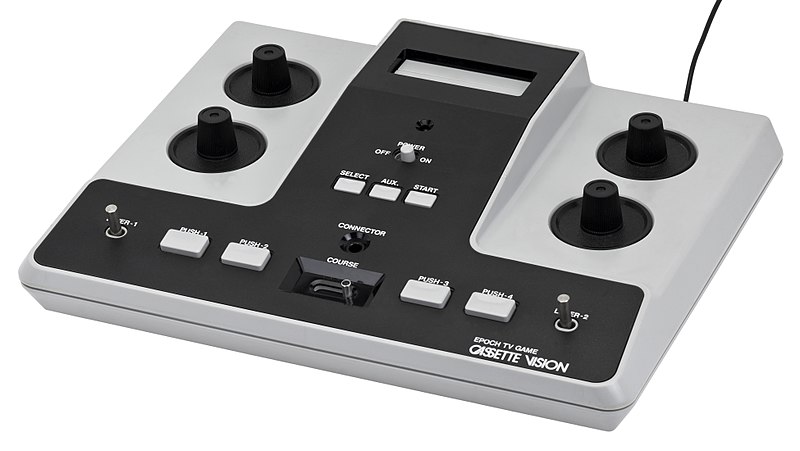
The Epoch Cassette Vision was launched in Japan in 1981 and became one of the earliest gaming consoles to use cartridges in Japan. Its simplistic design and limited capabilities, however, placed it behind its international competitors. Still, the Cassette Vision allowed Japanese gamers to enjoy titles across multiple genres. With straightforward controls, it was accessible to a wide audience, contributing to its modest success in the Japanese market. Over 40 years later, the Cassette Vision holds an interesting place in gaming history, especially as a forerunner in the Japanese console market. Its legacy lives on among collectors who appreciate its place in the console timeline.
Vectrex
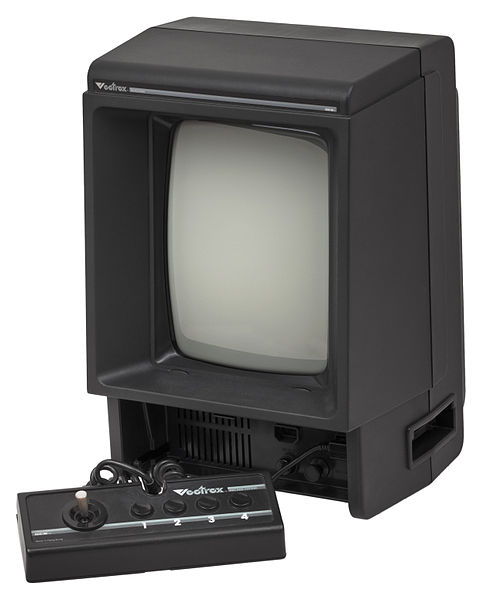
The Vectrex, released in 1982 by General Consumer Electronics, was a groundbreaking console due to its built-in vector display. Unlike other consoles that required a television, the Vectrex had its own screen, displaying crisp, monochromatic vector graphics. The console’s unique hardware allowed it to deliver arcade-quality visuals at home, something that was highly innovative at the time. It featured a rotating joystick and overlays for different games, adding a splash of color to the monochrome graphics. Though initially well-received, the Vectrex struggled due to the video game crash of 1983. Today, over 40 years later, it’s a treasured item for collectors, valued for its unique display and portability. Its distinctive design remains a hallmark of early gaming ingenuity.
ColecoVision
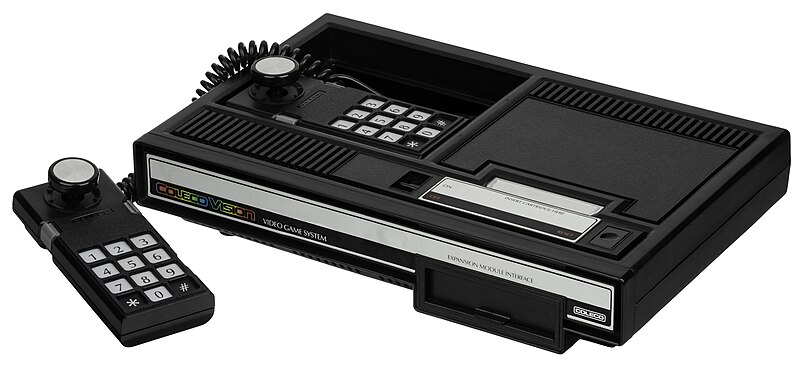
Launched in 1982, the ColecoVision offered a more advanced gaming experience with superior graphics and gameplay compared to its competitors. Its library featured popular arcade titles, most notably Donkey Kong, which came bundled with the system. ColecoVision’s hardware was impressive, allowing developers to create more complex games that were closer to arcade quality. Its success was cut short by the 1983 video game crash, but not before it became a staple in American households. The console’s controller, with a joystick and numeric keypad, was a departure from the simpler designs of other systems. Now over four decades old, the ColecoVision is remembered for setting higher standards in console performance. It remains a fan-favorite, embodying the golden age of arcade-inspired home gaming.
SG-1000
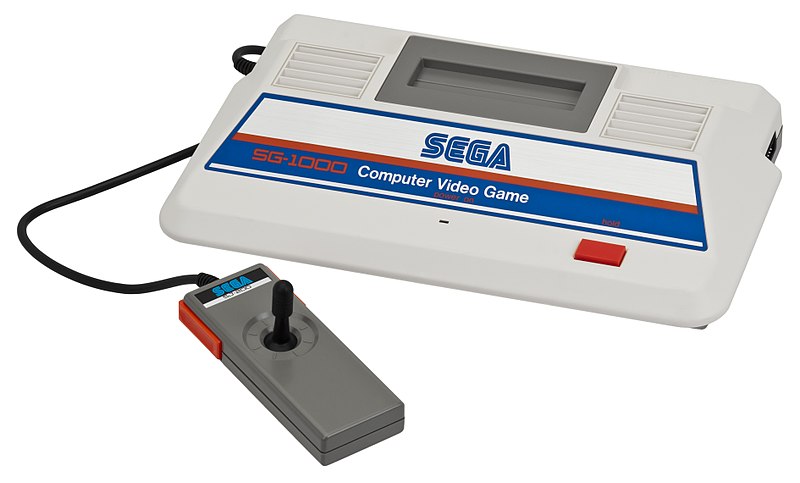
Sega’s SG-1000, launched in Japan in 1983, marked the company’s entry into the home console market. Though it didn’t see a massive commercial success, the SG-1000 was significant as Sega’s first step into a market it would later dominate with the Genesis and Saturn. Its simplistic design and limited game library held it back in comparison to the Nintendo Famicom, released the same year. The SG-1000 featured a joystick controller, which was different from Nintendo’s D-pad design, giving players a unique control experience. The console’s hardware was modest but reliable, focusing on quality over visual power. Now over 40 years old, the SG-1000 remains a significant piece of Sega history. It set the stage for the brand’s future in the gaming industry.
Nintendo Entertainment System (NES)
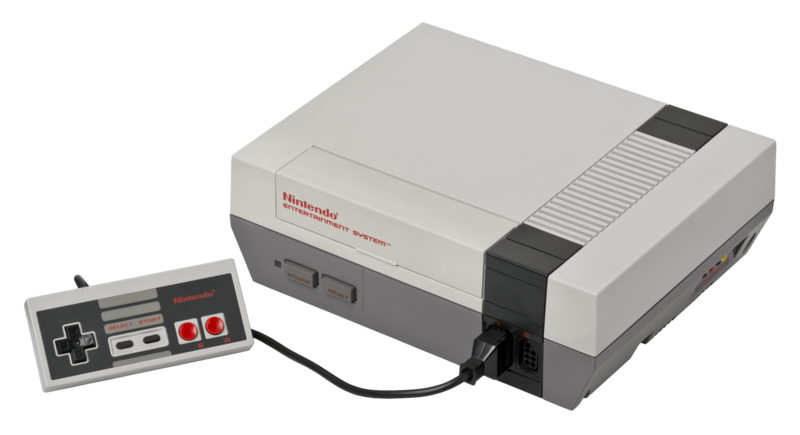
Released in 1983 in Japan as the Famicom and later in North America in 1985 as the Nintendo Entertainment System, the NES revitalized the gaming industry after the 1983 crash. With iconic games like Super Mario Bros., The Legend of Zelda, and Metroid, it redefined what video games could be and established Nintendo as a household name. The NES introduced the D-pad controller, which became an industry standard, and allowed for a vast array of game genres. Nintendo’s careful control over game quality helped build consumer trust, which was crucial for its success. Over 40 years later, the NES remains one of the most beloved consoles of all time. It’s a symbol of gaming’s revival and the start of Nintendo’s legacy in home entertainment.
Casio PV-1000
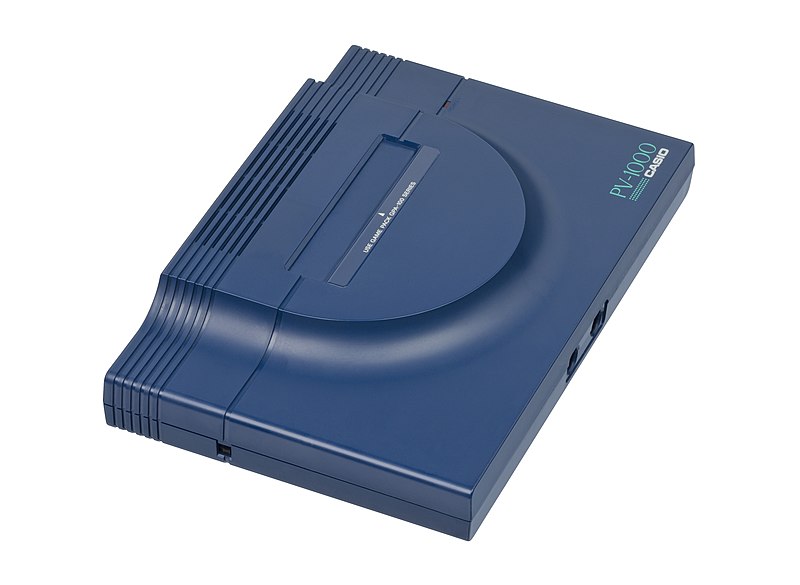
Casio entered the console market with the PV-1000 in 1983, aiming to capture a share of Japan’s growing gaming scene. The console featured colorful graphics and simple gameplay, appealing to younger audiences. However, it struggled to compete against stronger contenders like the SG-1000 and the Famicom, leading to its short lifespan. Its library of games was limited, focusing mostly on arcade-style titles. The PV-1000’s controller design was straightforward, with a joystick and button combination typical of the time. Now more than 40 years old, the PV-1000 is a rare find, mostly collected for its novelty. Its brief presence in the market reflects the competitive and evolving nature of early gaming.
Amstrad GX4000
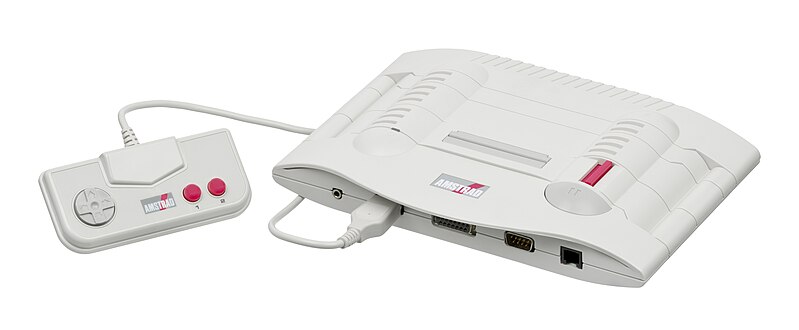
The Amstrad GX4000, launched in 1990, was a latecomer to the 8-bit console market, primarily competing in Europe. Despite its advanced graphical capabilities for an 8-bit system, it arrived too late to compete with emerging 16-bit consoles like the Sega Genesis. The GX4000 was compatible with Amstrad’s CPC computers, allowing users to play CPC games on a home console, but this integration was not enough to drive high sales. It offered bright, colorful graphics and was technologically impressive for its category. However, the GX4000’s library was limited, which hindered its appeal. Over 30 years old, it remains a collector’s item that exemplifies the end of the 8-bit era. Though short-lived, it showcased the potential for computer-console cross-compatibility.
Atari 5200

The Atari 5200, released in 1982, was designed as an advanced version of the 2600, offering improved graphics and processing power. The console’s unique analog joystick controller provided greater precision, though it was often criticized for durability issues. The 5200 was built to compete with the ColecoVision, and while it had more processing power, its lack of compatibility with 2600 games hindered its success. Atari’s decision to use a different cartridge shape made transitioning for existing 2600 owners challenging. Despite these issues, the 5200 delivered a solid gaming experience for its time. Now over 40 years old, it’s remembered for its ambitious hardware and controller design. Collectors value it as a piece of Atari’s storied history.
Game & Watch
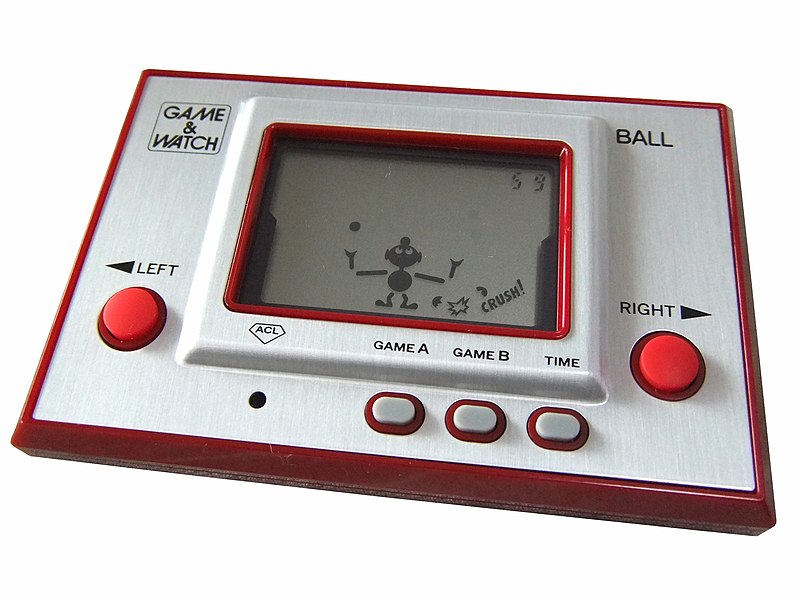
Nintendo’s Game & Watch series, launched in 1980, wasn’t a console in the traditional sense but a series of handheld devices with unique, single-game LCD screens. Created by Gunpei Yokoi, each Game & Watch device focused on a single game, with titles like “Ball” and “Parachute” becoming instant classics. The dual-purpose devices also served as clocks, making them a functional and portable option for entertainment. They featured basic, addictive gameplay and were widely popular for their simplicity and accessibility. Over 40 years old, Game & Watch is significant for popularizing handheld gaming, leading the way for future portable consoles. Today, they are highly collectible and remain a symbol of Nintendo’s creative innovation.
Atari 7800

In 1986, Atari released the 7800, designed as a follow-up to the 5200 with improved graphics and backward compatibility with the 2600. This feature was a game-changer, as it allowed Atari fans to continue using their extensive library of 2600 games. The 7800 offered a more arcade-like experience with smoother graphics and improved controllers. It was intended to compete with the NES but struggled due to Atari’s delayed release strategy. Though its impact was somewhat muted, the 7800 represented a critical step forward in console backward compatibility. Now nearly 40 years old, it’s a respected console among collectors. The 7800 remains a testament to Atari’s adaptability in a challenging market.
This article originally appeared on Rarest.org.
More From Rarest.Org
Sports have been a fundamental part of human history, with many ancient games evolving into the popular competitions we know today. From simple contests of strength and endurance to complex team strategies, these sports have been passed down through generations, each carrying its own unique story. Read more.
Parasites are some of the most astonishing organisms on the planet, using incredibly clever tactics to survive and reproduce. From manipulating their hosts’ behavior to completely taking over their bodies, these creatures have evolved mind-blowing strategies to ensure their life cycles continue. Read more.
In the fast-paced world of technology, gadgets come and go, but some discontinued devices have stood the test of time by becoming highly sought-after collectibles. These gadgets, once considered cutting-edge, now fetch a small fortune due to their rarity, nostalgic value, or groundbreaking features. Read more.



